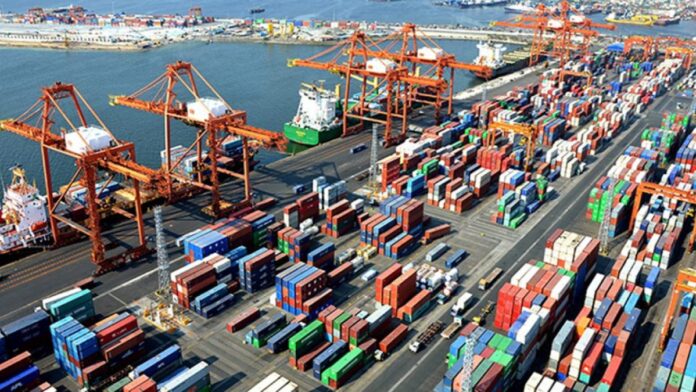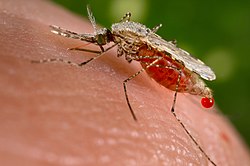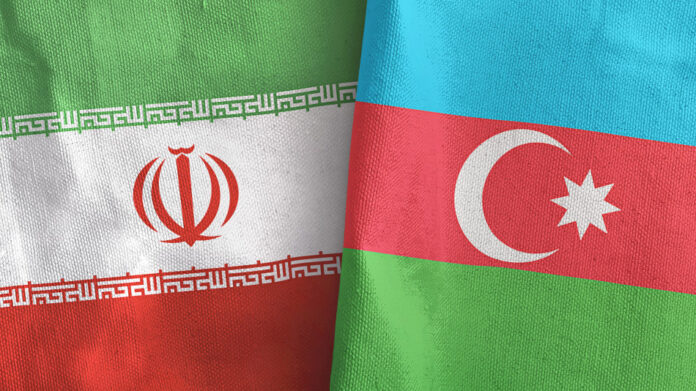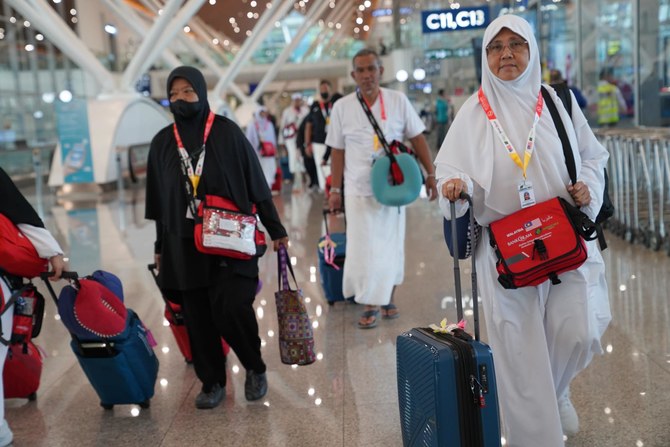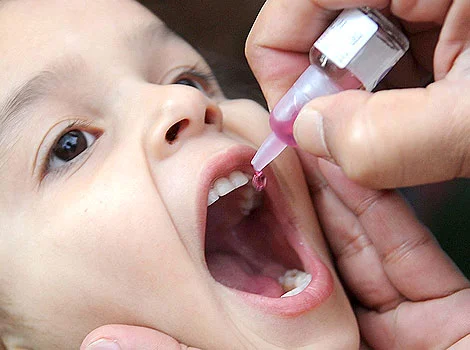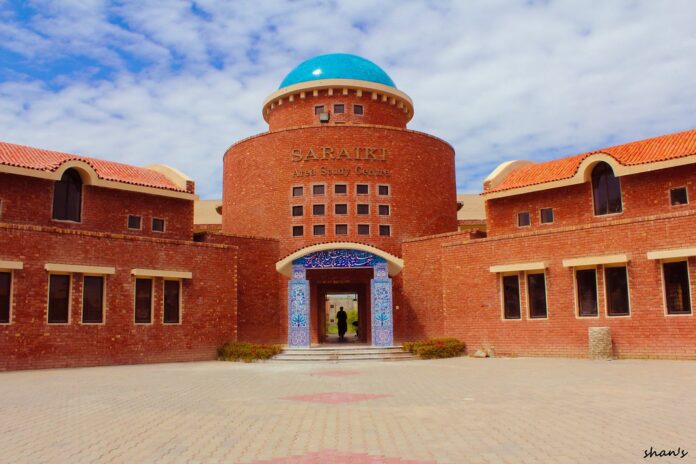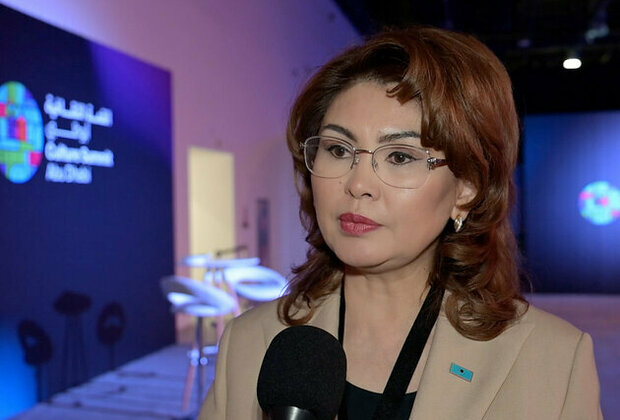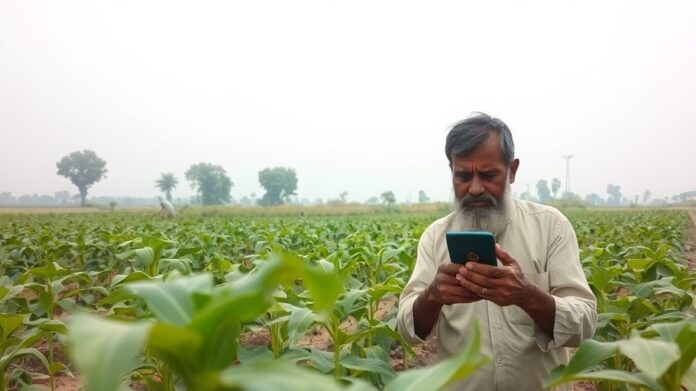By Andleeb Khan
ISLAMABAD, Apr 29 (APP):: Climate change is deeply affecting Pakistan, damaging crops, displacing communities, and increasing uncertainty for farmers. With Artificial Intelligence (AI), we can give farmers real-time information, improve planning, and reduce losses. It’s not just technology; it’s a lifeline for survival and sustainability in a warming world.
Internationally, countries like Vietnam are also embracing AI and digital technologies to transform their agricultural sectors. The Ministry of Agriculture and Environment in Vietnam is promoting green, smart, and sustainable practices. Major players such as Tan Long Group, Vinamilk, and TH Group have adopted AI-driven solutions to enhance efficiency and resource management. Tan Long Group, for instance, is using AI and machine learning to monitor animal health and optimize environmental conditions through data from cameras and sensors.
Similarly, Ireland collaborated with Vietnam’s Ministry of Agriculture and Rural Development to launch an AI-powered monitoring framework aimed at improving crop yields while conserving soil and water under climate pressure. Such international examples offer insights into how AI integration can accelerate sustainable agricultural development.
In agriculture, AI-driven platforms are helping farmers predict weather changes, optimize irrigation, detect crop diseases early, and make data-driven decisions to protect their harvests.
Talking to APP, Professor Dr. Muhammad Ismail Kumbhar, an Agricultural Researcher and Sustainable Development Expert presently serving as Professor in the Department of Agricultural Education Extension and Short Courses at Sindh Agriculture University Tandojam, highlighted that the integration of AI into agriculture holds immense potential to revolutionize farming practices. Yet farmers in rural Sindh face significant challenges in adopting these technologies.
He pointed out key barriers such as infrastructure deficiencies: many rural areas lack stable internet connectivity, which is critical for AI tools like drones or soil sensors, and frequent power outages further hinder the use of technology-dependent systems. High costs and financial constraints also pose serious challenges, as small-scale farmers dominating Sindh’s agrarian landscape often cannot afford AI equipment or maintenance.
Additionally, low awareness and technical literacy are major obstacles. Most farmers are unaware of AI’s benefits or lack the necessary training to operate such technologies. Extension services rarely focus on digital upskilling, and language barriers — like the unavailability of tech resources in Sindhi — compound the problem. Deep-rooted traditional practices further slow the adoption of AI at the field level. Environmental and regional suitability issues also arise, as AI models designed for other regions may not directly address Sindh’s unique challenges, such as water scarcity and extreme heat, without costly customization.
To overcome these barriers, stakeholders must prioritize improving rural infrastructure, subsidizing AI tools, and launching farmer-centric training programs. Policymakers should collaborate with tech firms to develop affordable, region-specific solutions, while awareness campaigns led by local influencers could build trust. Agriculture and technology experts emphasize the need for systemic reforms to bridge the digital divide not only in rural Sindh but across Pakistan.
Maryam Abbasi, a Ph.D. scholar at the University of Vermont USA, pursuing Sustainable Development Policy, Economics and Governance, talking to APP highlighted AI’s significant role in enhancing Early Warning Systems. AI models can predict accurate weather patterns based on existing datasets, enabling timely actions to avoid damages caused by sudden hailstorms, droughts, floods, heatwaves, and river flows. She urged Pakistan’s farming community to quickly adopt Artificial Intelligence technologies to combat growing climate crisis.
AI is emerging as a critical tool in the fight against these challenges. In agriculture, AI-driven platforms are helping farmers predict weather changes, optimize irrigation, detect crop diseases early, and make data-driven decisions to protect their harvests. A range of mobile applications have also become popular among farmers and home gardeners alike. By simply uploading a photo of a plant, users can now identify the plant species, diagnose health issues, and receive recommendations for treatment and care. Farmers are increasingly turning to these apps to monitor crop health, identify nutrient deficiencies, and take timely action, reducing the risk of major losses.
Farmers in Pakistan are using mobile applications like Bakhabar Kissan, Ricult, and Agriculture Corner to access weather forecasts, market prices, crop advisory services, and pest control information. However, there is still potential to adopt more advanced AI-driven platforms such as Plantix for real-time plant disease diagnosis, CropIn for farm management solutions, and precision farming apps that use satellite imagery and AI to optimize crop yields and resource use.


